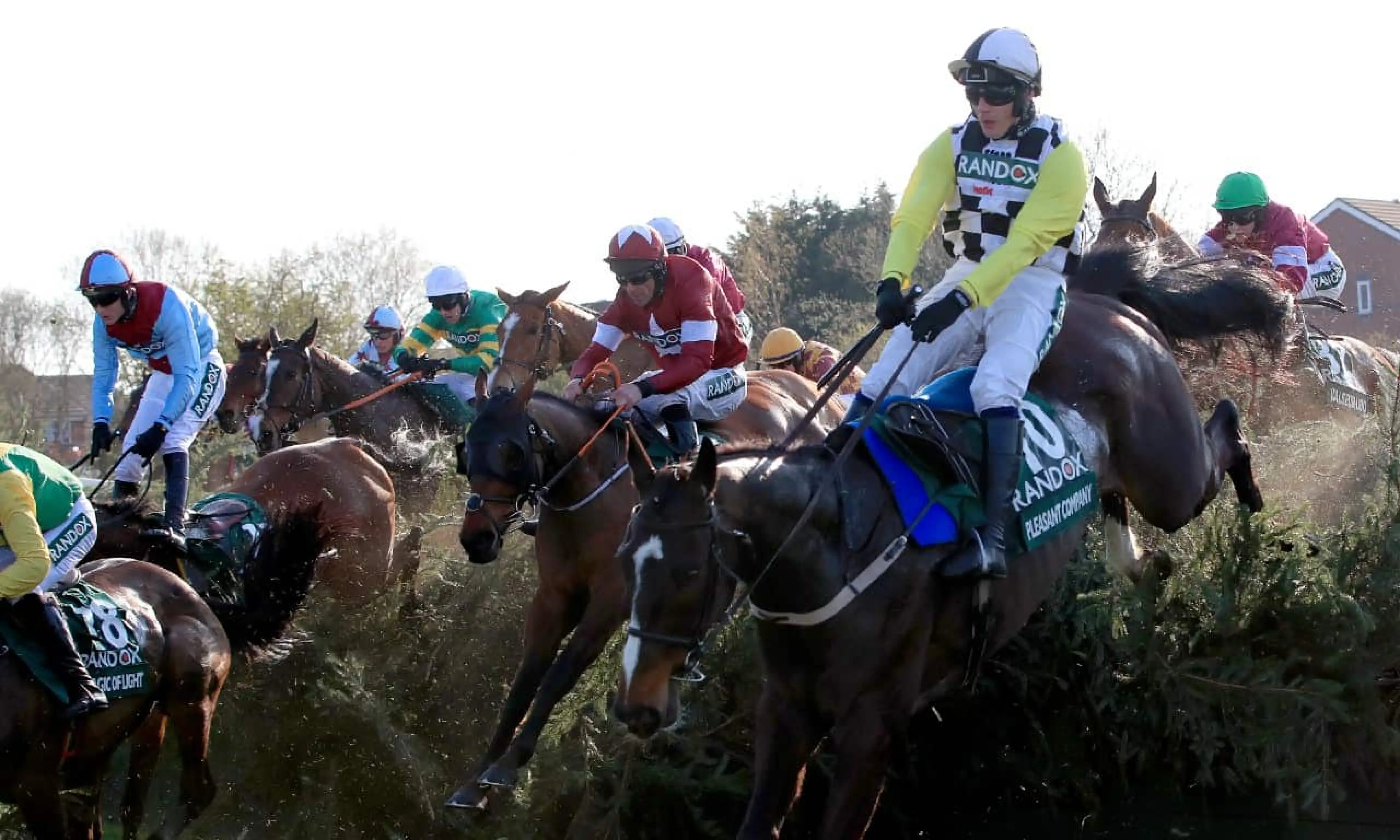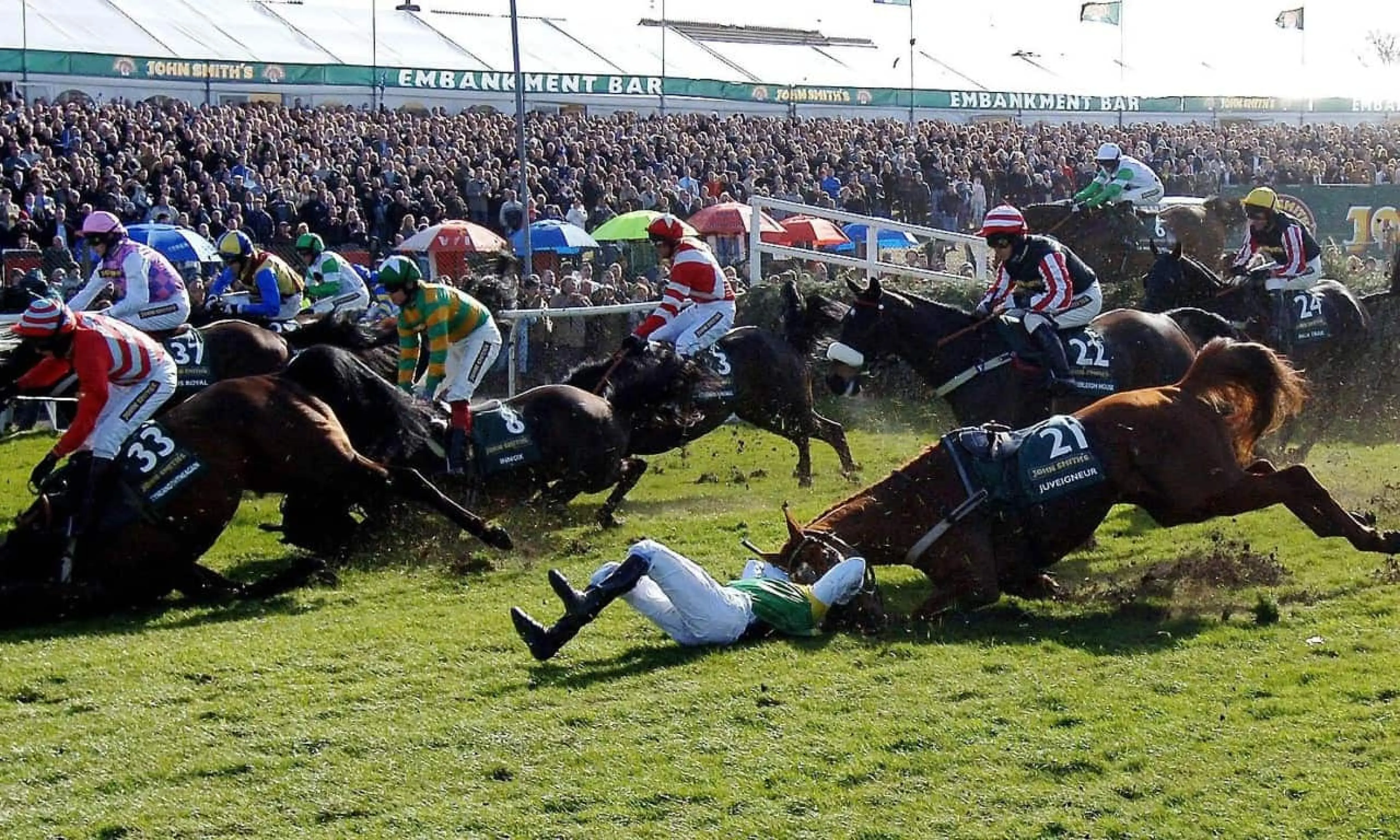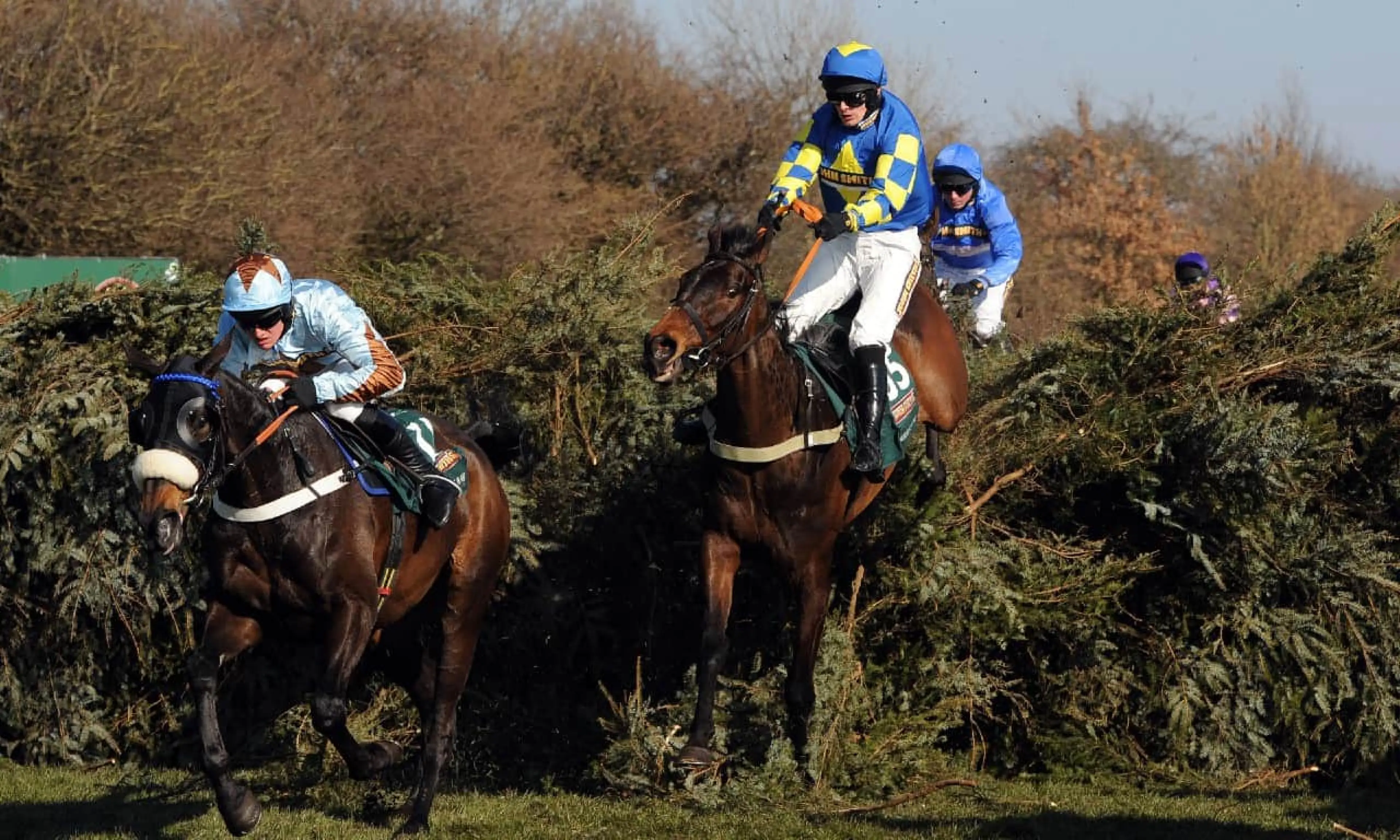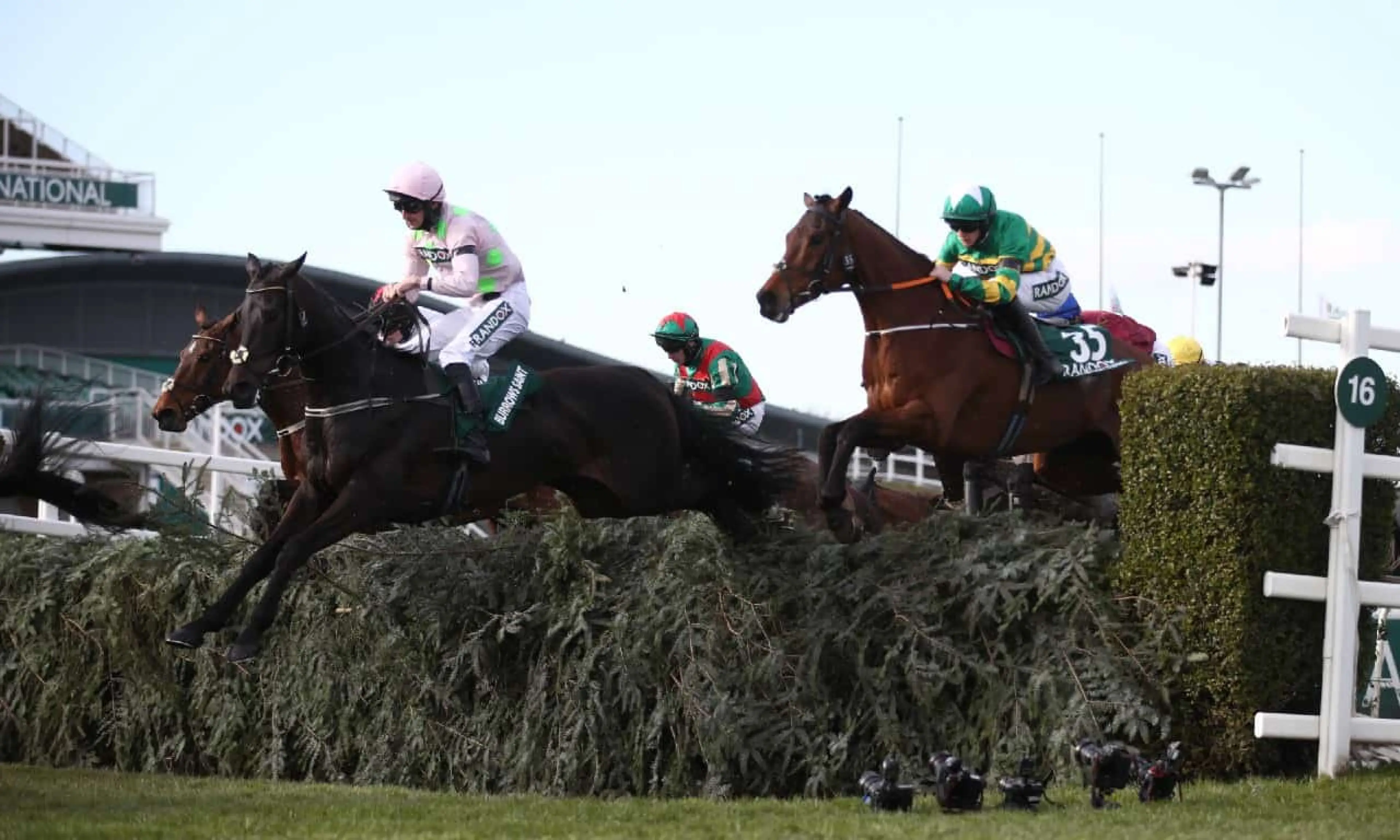A guide to the Grand National course
Published:
A look at the unique Aintree course
The Grand National is one of the world’s most famous races and the contenders for the prize have 30 fences and 4m2f of Aintree turf standing before them when they face the starter at the beginning of the Merseyside marathon.
The runners and riders have to complete two circuits of the Grand National circuit before the race for the elbow and the winning line begins and most fences are jumped twice.
Here we have taken a look at every fence on the Grand National course to see just what those at the head of the Grand National betting need to tackle in the big race, which is live on ITV1 on Saturday April 9th.
Fence 1 and 17 – Plain fence
Although there is nothing special about the first fence on the Grand National course, the cavalry charge as the tape goes up and the initial jostling for a position means that it has claimed plenty of casualties over the years.
This is the first spruce-style fence many Grand National first-timers will have jumped and is more than capable of catching out inexperienced horses and riders.
In 1951 there was 12 fallers at the first, while in 2002 there were nine, the most in modern times.

Fence 2 and 18 – Plain fence
Slightly bigger than the opening obstacle, but there is nothing out of the ordinary about this one. If you have cleared the first, then this should pose few problems.
Fence 3 and 19 – Open ditch
Just as the race begins to get into full flow, the runners and riders meet the first open ditch on the Grand National course.
The fence takes plenty of clearing, but is nothing more than a teaser for the jumping challenges that lie further ahead.
Fence 4 and 20 – Plain fence
The participants get a slight breather at the fourth before the race begins to develop.

Fence 5 and 21 – Plain fence
The ‘one before Becher’s’ is actually the same height as the treacherous brook which follows, but lacks the famous landing side drop, which makes this fence much more manageable for horse and rider.
Jockeys are already thinking about getting the ideal position for Becher’s at this obstacle, with many switching to plot a central path for this one, rather than the brave man’s route up the inner.
Fence 6 and 22 – Becher’s Brook
One of the most formidable and famous jumping tests on the course, Becher’s Brook has claimed plenty of victims over the years thanks to the steep drop on the landing side, which is lower than the take-off.
The fence measures almost 6ft on the landing side and although it no longer has the brook Captain Becher famously hid in to avoid being struck by horses when being the first man to fall at the ditch, it remains a nerve-jangling proposition for the jockeys taking part.

Fence 7 and 23 – Foinavon
Although one of the smaller fences on the Grand National course, Foinavon shouldn’t be underestimated, as those contesting the 1967 race found out.
That year an almighty pile-up at the fence allowed 100/1 outsider Foinavon to spring a Grand National shock while his rivals were left stranded in the wreckage.
Fence 8 and 24 – Canal Turn
It may be unfair to say the Grand National can be won or lost at the Canal Turn, but if failing to nail the angle correctly for the sharp left-hander that steers the runners towards home, then significant ground can be lost in the pursuit for Grand National glory.
It is not unusual to see fallers and chaos at this unique technical test of horse and rider and there were significant pile-ups at the fence in both 1928 and 2001.
Fence 9 and 25 – Valentine’s Brook
The last significant jumping test before the finishing line on the second circuit, the second brook in the race after Becher’s is around 5ft tall and is not one that can be taken slightly.
The fence takes its name from the horse Valentine, who jumped the fence almost sideways to land hind legs first in 1840.
Fence 10 and 26 – Plain fence
Normality is restored following the excitement of the previous four fences as the grandstands begin to appear on the horizon.
Fence 11 and 27 – Open ditch
With the race beginning to seriously take shape at this fence on the second circuit, the competitors are kept on their toes by a tricky open ditch, which can’t be taken lightly.

Fence 12 and 28 – Open ditch
The final ditch on the second circuit with the Melling Road and the end of the race in sight.
A jumping error here could end a horse’s Grand National challenge just before things begin to heat up.
Fence 13 and 29 – Plain fence
The grandstands are in clear sight and the full noise of the Aintree crowd can be heard at this fence which is the second-last on the second go around the Grand National course.
Fence 14 and 30 – Plain fence
There is nothing overly testing about this fence, but with only this final obstacle standing between those leading the Grand National and the agonising 474-yard run-in, it can be the scene of plenty of drama.
In 2004 Hedgehunter came to grief at the last when in contention for the Grand National, while many have been leading jumping fence 30 before running out of steam on the stamina-sapping race for the finishing line.
Fence 15 – The Chair
Another of the signature fences on the Grand National course, The Chair has claimed more victims than any other fence in the history of the race.
It is the tallest fence on the course, but in contrast to Becher’s Brook, the ground is higher on the landing side than take- off, meaning that horses are often surprised at the turf hitting their hooves sooner than expected.
The overall span that the Grand National runners and riders have to clear touches 11ft and that combined with its height means it is probably a blessing that this fence is only jumped once.

Fence 16 – Water Jump
Although one of the smallest fences on the Grand National course, the Water Jump is taken right in front of the stands and adjacent to the winning post.
Jumped only once, it is the last obstacle before the horses head out into the country to begin their second circuit of the Grand National course.







